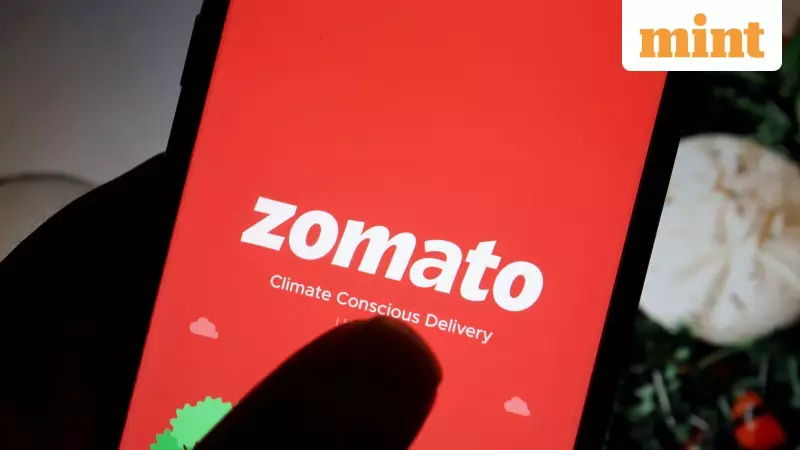
Indian consumer companies are aggressively shifting their marketing strategies towards emerging sports like padel and pickleball to connect with younger, urban audiences. This strategic move aims to boost engagement and build cultural relevance in a rapidly evolving fitness and leisure market.
The Brand Rush to New-Age Sports
Recent weeks have seen a flurry of corporate activity in this space. McDonald’s India (West and South) announced a partnership with the Indian Padel Academy to support infrastructure, coaching, and city leagues. Simultaneously, a subsidiary of the gaming firm Nazara Technologies acquired the Mumbai franchise in the Indian Pickleball League.
Food delivery rivals are also jumping into the arena. Eternal Ltd, the parent company of Zomato, is developing a feature for its District vertical that will allow users to book courts for premium sports. This comes months after its competitor, Swiggy, became a co-owner of the Mumbai team in the World Pickleball League. Furthermore, ITC Foods has entered into a five-year partnership with the All India Pickleball Association to promote the sport across the country.
Why Sports Are the New Marketing Powerhouse
According to market experts, sports offer an unparalleled combination of emotional intensity and built-in communities. "Sports is the new Bollywood in the marketing world," stated Ankur Bisen, a senior partner at The Knowledge Company. He emphasized that sports bring together participants, not just spectators, creating multiple activation points for brands.
The appeal is magnified by the nature of sports like pickleball and padel. They are easy to learn, highly social, and are quickly forming micro-communities in urban centers. The data supports the hype: India's pickleball market is projected to grow at a compounded annual growth rate of 26% from 2024 to 2029.
The sport's global and local traction is undeniable:
- Pickleball has attracted over 5 million players across 84 countries, with 40% female participation.
- In India, there has been a 275% increase in active players over the past three years.
- Professional-level participation is expected to surpass 1 million by 2028.
- By late 2024, India was estimated to have 1,000 pickleball courts and 10,000 professional players.
Measuring the Return on Investment
For companies, these partnerships are more than just sponsorship; they are a strategic rewiring of marketing. They help shift focus from traditional advertising to people-led marketing, driving loyalty and repeat interactions. Associating with premium sports popular with younger demographics also ensures sharper and more effective reach on digital channels.
However, experts caution that success is not automatic. The primary challenge is achieving a clear return on investment (ROI). While sports partnerships generate significant buzz, companies must convert that into tangible outcomes such as increased app activity, higher customer retention, and improved brand perception. "Without clear metrics, the spend risks becoming vanity-driven," Bisen noted.
This trend is part of a broader shift where companies are leveraging sports fandom and the rising social media influence of athletes. Athlete endorsements in India reached ₹1,224 crore in 2024, fueled by cricket and the boost from the Paris Olympic Games. An example is Retail digitization platform KiranaPro, which brought on badminton star PV Sindhu as both an ambassador and a strategic investor.
As India's recreational culture evolves, these emerging sports are proving to be a powerful new channel for brands seeking authentic engagement with their target audience.





